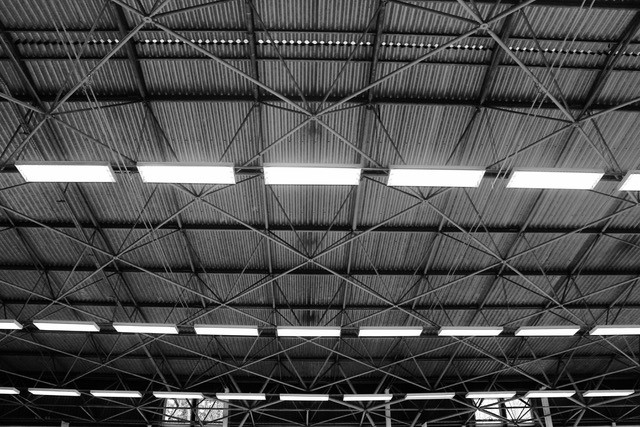
Project management:
Prof. Dr.-Ing. habil. Daniela Spiegel (Anhalt University of Applied Sciences, Chair of Architectural History and Preservation of Monuments)
PD Dr.-Ing. habil. Volkmar Zabel (Bauhaus University Weimar, Institute for Structural Mechanics)
Project members:
Mena Abdelnour, M.Sc.
Richard Blum, M.A.
Project duration: 1.1.2021 – 31.12.2023
Funding: DFG
Funding amount: 515.323 Euro
Description:
On January 1, 2021, the tandem project DENKRAUM of the Institute of Structural Mechanics of the Bauhaus University Weimar and the Chair of Building History and Preservation of Monuments of the Anhalt University of Applied Sciences started. Aim of the project is to use interdisciplinary research approaches to develop strategies and methods for the evaluation and preservation of spatial framework structures in accordance with monument preservation requirements. The project is funded by the DFG as part of the Priority Program (SPP 2255) "Cultural Heritage Construction", which investigates the fundamentals of an engineering science-based and cross-linked preservation of monuments of the 19th and 20th century.
Spatial frameworks belong to the core innovations in structural design in the first half of the 20th century. As such, they form an important part of the architectural heritage of high modernism. To this day, they are used in a wide variety of applications and combine economic efficiency with enormous design diversity. The development of spatial frameworks was also significantly advanced in Germany. As early as 1943, Max Mengeringhausen was awarded the German national patent for the MERO system, which was made up of tubular rods and connecting nodes. After the World War II, it became widespread in the Federal Republic of Germany (FRG) and from there throughout the world. Various systems were also developed in the German Democratic Republic (GDR) in cooperation between the German Building Academy and the Weimar College of Architecture and Building (HAB). Despite their widespread use in the post-war period, spatial framework structures have not yet been sufficiently researched from a historical point of view, nor have they been addressed as a heritage to be preserved on the part of the preservation of historical monuments.
The project investigates the spatial framework systems developed in Germany within the period of investigation from the 1920s to the 1970s from the perspective of architectural and building technology history. This investigation forms the basis for an integral evaluation of space frame structures as significant part of the modernity’s heritage.
Parallel to the basic research in architectural history, building technology history and heritage conservation, the project pursues goals of engineering aspects. For the preservation of monuments, historic spatial frameworks of the 20th century pose a challenge because, despite their durability, they often do not meet today's requirements with respect to load-bearing capacity or have been deconstructed for other reasons. Due to the special system structure, there are various possibilities for structural retrofitting. The aim is to develop strategies for the preservation of the structures in accordance with the preservation order and their continued use in the face of current requirements for load-bearing safety. The research project initially concentrates on the development of a method for determining the actual loading of existing spatial framework constructions using numerical and experimental methods of structural dynamics, system identification and optimization. In addition, a procedure to support the selection of optimal retrofitting concepts and a corresponding guideline are to be developed.
